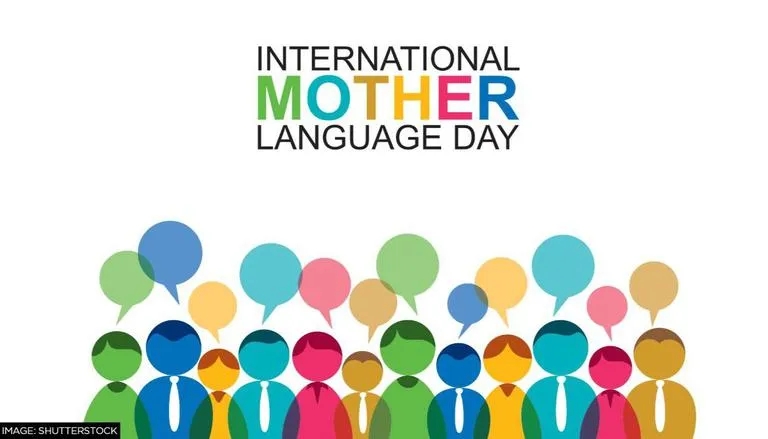International Mother Language Day is an annual observance celebrated on the 21st of February every year. The day commemorates the struggle and sacrifice of those who fought to protect their mother tongue and linguistic identity. In this blog post, we will explore the history and significance of this day, the diversity of languages spoken around the world, the importance of preserving languages in Pakistan, and some possible ways to save our mother languages.
Language Day was proclaimed by the General Conference of the United Nations Educational, Scientific and Cultural Organization (UNESCO) in November 1999, to promote linguistic and cultural diversity and multilingualism.
The objective of International Mother Language Day is to promote linguistic and cultural diversity, and to encourage people to celebrate their mother tongue. It aims to raise awareness about the importance of language in preserving cultural identity, and to promote multilingualism as a means of enhancing cultural understanding and tolerance.
There are over 7,000 languages spoken in the world today. However, the majority of the world’s population speaks a small number of languages, with English, Chinese, Spanish, and Arabic being the most widely spoken. Many languages are endangered or at risk of extinction due to globalization, urbanization, and the dominance of a few dominant languages.
Pakistan is a linguistically diverse country, with over 70 languages spoken. Urdu is the national language of Pakistan, but it is not the mother tongue of many Pakistanis. In addition to Urdu, Punjabi, Sindhi, Pashto, Balochi, and other regional languages are spoken. Language is a crucial element of cultural identity and heritage, and it plays a significant role in shaping individual and collective identities. The preservation of languages is essential to the protection of cultural diversity, and it also helps to maintain linguistic and cultural heritage for future generations.
There are several ways to save our mother languages. One is to raise awareness about the importance of linguistic and cultural diversity and to promote the value of multilingualism. Schools and universities can play a critical role in preserving and promoting regional languages, and language programs and courses can be designed to incorporate local dialects and languages. Governments and civil society organizations can provide funding and resources to support language revitalization programs, including the creation of language academies and the establishment of language museums. Finally, individuals can take the initiative to learn and promote their mother tongue, and use it as a means of preserving and celebrating their cultural identity.
In conclusion, International Mother Language Day is a vital observance that promotes linguistic and cultural diversity, and encourages the preservation of regional languages. The day provides an opportunity to reflect on the importance of language as a crucial element of cultural heritage and identity, and to work towards the preservation of endangered languages. By promoting linguistic and cultural diversity, we can create a more inclusive and tolerant world, where all languages and cultures are respected and celebrated.


Leave a comment